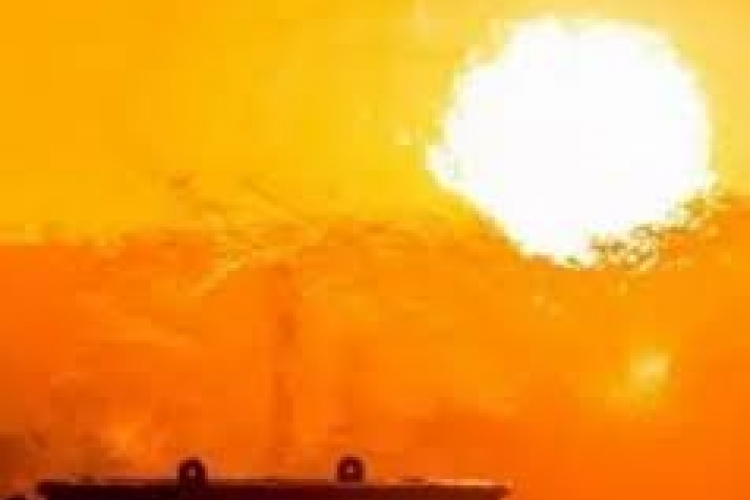THREAT OF HEAT WAVES
IN NEWS
If the average global temperature rises by more than one degree Celsius from the present, India could “annually” expect conditions like the 2015 heat wave that killed at least 2,000, according to the ‘Special Report on Global Warming of 1.5°C,’ commissioned by the Intergovernmental Panel on Climate Change (IPCC).
Achieving this would require “rapid, far-reaching and unprecedented changes in all aspects of society,” the IPCC said in the assessment. The 2015 agreement in Paris, considered a landmark achievement, had the world agree to keep rise in temperatures below 2 degrees Celsius and “pursue efforts to limit the temperature increase to 1.5°C above pre-industrial levels.”
With the U.S. withdrawing from the accord, the chances of such an ambitious target were significantly weakened.
REPORT FROM U.N
- India could face an annual threat of deadly heat waves if the world gets warmer by 2°C, says the new IPCC report.
- In 2015, heat waves killed at least 2,500 people in India.
- The report specifically mentions Kolkata and Karachi among cities that could face an increased threat of heat waves.
- The report states that for global warming to be contained at 1.5°C, the net human-caused CO2 emissions would need to fall by 45% from 2010 levels by 2030, reaching net zero by around 2050.
- The ‘1.5 Health Report’, which is a synthesis of the health content of IPCC report compiled by experts from the University of Washington, World Health Organisation and Climate tracker, highlighted that India and Pakistan could be worst affected in the event of a 2°C increase. Climate change is also projected to be a “poverty multiplier” through food insecurity, higher food prices, income losses, lost livelihood opportunities, adverse health impacts and population displacements.
- According to the IPCC report, poverty is expected to increase with rising in global warming.
- Coastal nations and agricultural economies like India would be the worst affected.
The implications of the report will be discussed at the Katowice climate change conference in Poland this December, where governments will review the Paris Agreement to tackle climate change. Being one of the largest carbon-emitting nations, India is expected to be a key player in the global event.
HEAT WAVES
According to the Indian Meteorological Department (IMD), a heat wave is qualified when air temperatures of at least 40 °C (104 °F) in the plains or greater than 30 °C (86 °F) in the hilly regions. For the IMD classification of heat waves, temperatures greater than 46 °C (114.8 °F) are considered and classified as severe heat wave.
CAUSES
- The heat wave was caused in large part by sparser pre-monsoon season showers, which brought less moisture than normal to the area, leaving large parts of India arid and dry.
- The sudden end of pre-monsoon rain showers, an uncommon trend in India, has contributed to the heat waves.
- Additionally, the monsoon season is later and further south than the normal trend.
- This weather pattern, coupled with the El Niño effect, which often increases temperatures in Asia, combined to create the record high temperatures.
- High humidity compounded the effects of the temperatures on residents.
- The Loo, a dry wind originating from Pakistan and northwest India, has contributed to increasing the temperature in India.
HEAT WAVES IN INDIA
Every year India experiences severe heat waves in summer, but in the year 2015, casualties were abnormally high. Most of the deaths were concentrated in Andhra Pradesh, Telangana, Punjab, Uttar Pradesh, Odisha and Bihar. More than 20,000 people have died of heat-related causes in India since 1990. In the recent past, the most severe period of hot weather occurred in 1995.


 IAS-2026 - OPTIONAL / GEOGRAPHY / PUBLIC ADMINISTRATION / SOCIOLOGY / ANTHROPOLOGY / ORIENTATION ON 03 & 04-10-2025
IAS-2026 - OPTIONAL / GEOGRAPHY / PUBLIC ADMINISTRATION / SOCIOLOGY / ANTHROPOLOGY / ORIENTATION ON 03 & 04-10-2025 